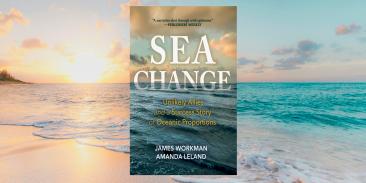Advancing equity and nature in federal flood resilience projects
Flooding is the costliest natural disaster in the U.S. and can have devastating impacts on communities. While there are federally funded projects in place or in development to address flood risks, many have been challenged by community groups. Many stakeholders want to see their flood projects incorporate public engagement, use more nature-based solutions and take a multi-hazard approach, ensuring protection from coastal storms, sea level rise and heavy rains.
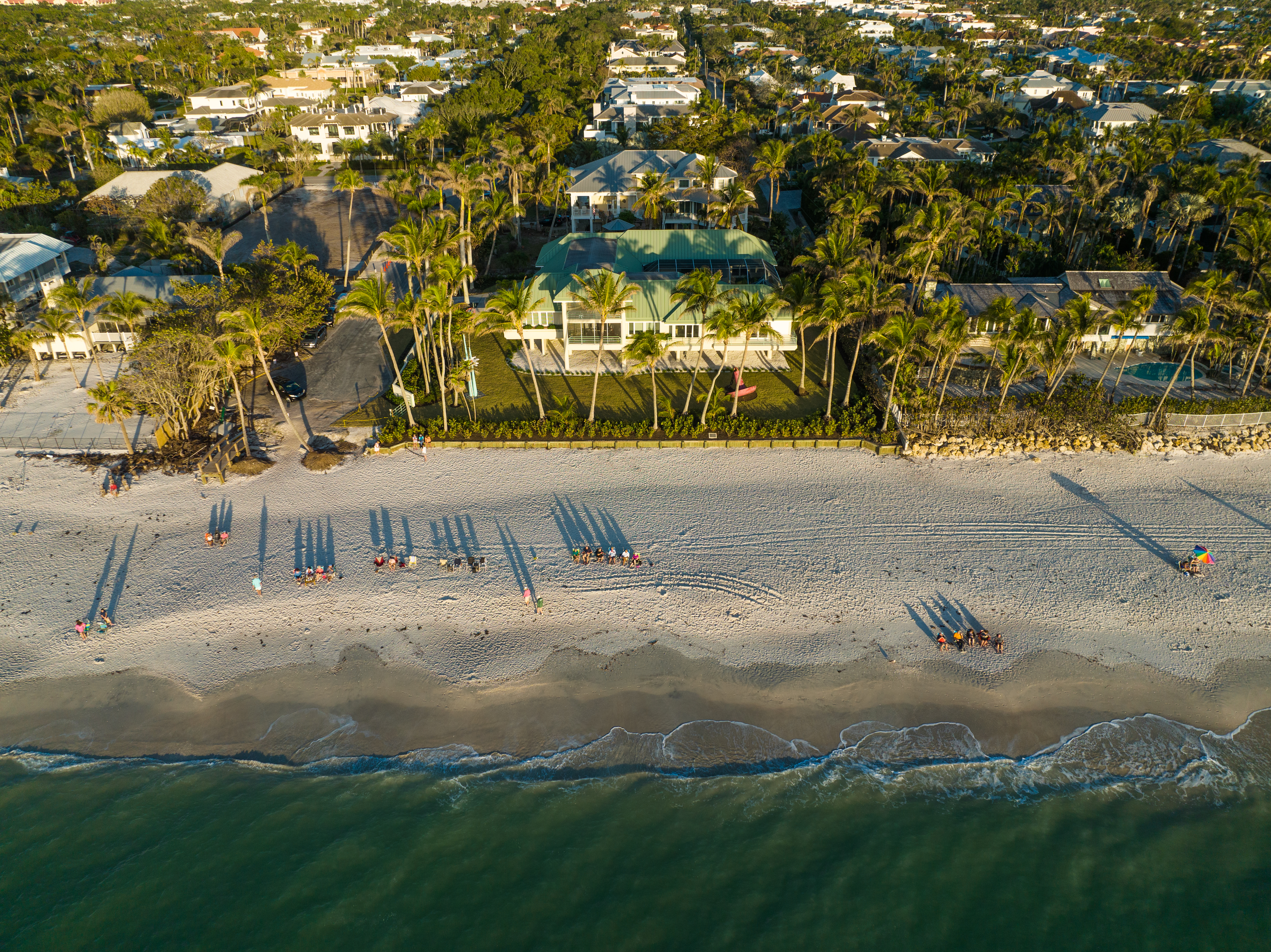
EDF is committed to building flood resilience across the United States by supporting local advocacy groups in shaping projects at a local level and advocating for shared priorities at the federal level. We have extensive experience collaborating alongside local sponsors, advocates and the U.S. Army Corps of Engineers (Corps), in addition to other federal agencies, to consider a community’s interests, better incorporate science and address environmental and equity concerns.
Together, our resources, experience and partnership can help build more resilient communities that are adapted to combat rising flood risks.
Our approach
We use three core strategies to advance equity and nature in federal flood management projects:
- Move the state of science toward more equitable, environmentally just and nature-forward project selection and design.
- Strengthen local capacity and federal commitment to enable communities to shape projects.
- Reconfigure federal systems and policies by advocating for evidence-based and community-informed policies and procedures, ensuring core programs have the resources needed to be effective.
National policy
Alongside partners and collaborators, EDF plays a critical role in advocating for federal policies and programs that improve flood management. Collectively, we have shaped sections of the Water Resources Development Acts in 2020 and 2022, authorizing the Corps to consider all types of flooding in their projects. We have also worked together to advocate for actions including reforms to cost-benefit analyses that prioritize equity and natural benefits in flood mitigation projects.
Learn how the federal flood project process works and ways to get engaged in the planning phase.
Staff perspective
Thanks to ongoing collaborations with advocates and federal agencies, we are pleased to have advanced federal policies that promote flood resilience-building and support communities across the country. These advancements are a direct result of our robust partnerships and commitment to seeking bold climate solutions that prioritize people and the planet.
Will McDow
Associate Vice President, Climate Resilient Coasts and Watersheds
Resources
- Blog post
Prioritizing communities and nature in the nation’s largest Army Corps project in New York-New Jersey Harbor
- Press release
Organizations Voice Concern Over Federal Flooding Plan for NY-NJ Harbor
- Blog post
Sea level rise threatens Miami’s future. Here’s how the Army Corps can help keep Florida, Florida.
- Overview
Navigating the U.S. Army Corps of Engineers process
Spotlights from Across the Nation
New York-New Jersey
EDF collaborated with the local community, environmental organizations, governments and Congress to advocate for changes to the nation’s largest proposed flood management project. The New York-New Jersey Harbor and Tributaries Study is projected to cost $52 billion and support up to 16 million people. Our joint campaign advocated for an updated plan that would address all types of flood risk, prioritize people over property value, center frontline communities and maximize nature while minimizing harm. This resulted in the first ever request by New York and New Jersey to pursue a multi-hazard approach, using the Water Resources Development Act authorization that EDF and partners fought for. Learn more here.
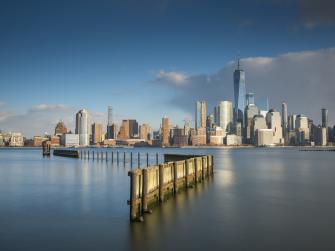
Partner perspective
The New York-New Jersey Harbor and Tributaries Study would be the largest coastal infrastructure project in U.S. history, yet the original proposal fell short of protecting against all flood risks in the region. Through collaborative partnerships, we are advocating for a more equitable and comprehensive solution that protects residents from a full suite of climate threats.
Tyler Taba
Director of Resilience, Waterfront Alliance
Florida
EDF has worked with Florida communities to address flooding and impacts from sea level rise. We partnered with groups in Collier County and Miami-Dade to recommend alternatives to tentative projects that featured sea walls and received notable public backlash. By partnering with groups like Miami Waterkeeper or Conservancy of Southwest Florida, we proposed new solutions to the Corps, such as harnessing nature, increased engagement in the private sector and more community involvement. As a result, the Corps altered these projects to be more nature-based and better prioritized community input.
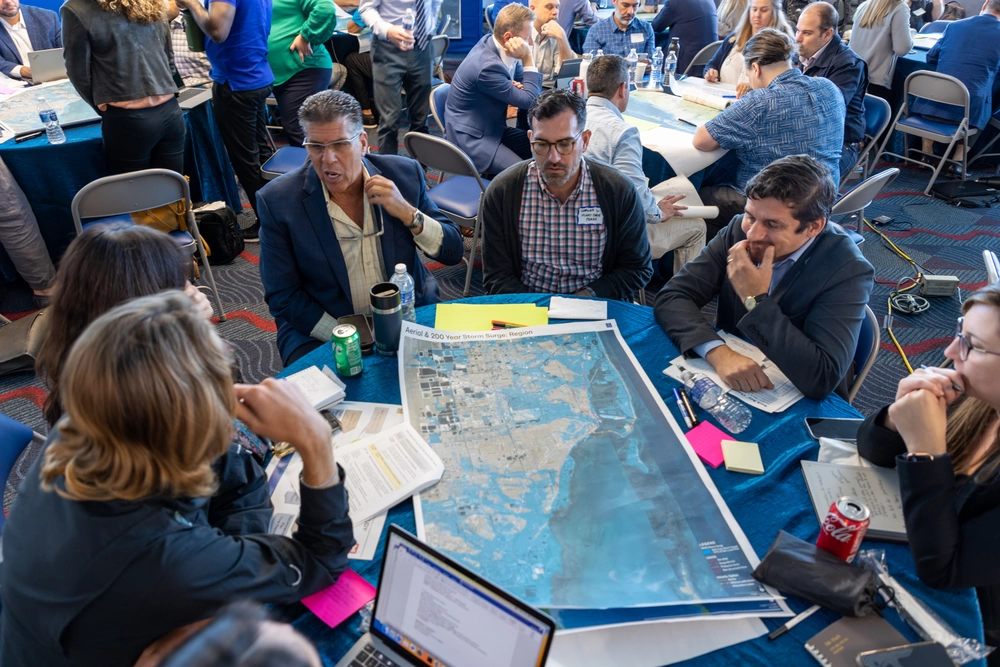
Partner perspective
Florida's natural ecosystems, like corals and mangroves, lend themselves perfectly to federal flood resilience projects, such as the Miami-Dade Back Bay study. By working alongside our partners, we are making progress in advocating for more effective and equitable solutions for our communities locally, while demonstrating a path to resilience nationally.
Dr. Rachel Silverstein
Chief Executive Officer, Miami Waterkeeper
Louisiana
As a member of the Restore the Mississippi River Coalition, EDF has worked alongside local and national organizations, as well as the Corps, to advocate for implementation of the Mid-Barataria Sediment Diversion. This $ 2.9 billion initiative is one of the largest individual ecosystem restoration projects in the world, working to reconnect the Mississippi River to the Barataria Basin and transform 21 square miles of dying wetlands into a thriving ecosystem. Learn more about the Mid-Barataria Sediment Diversion here.
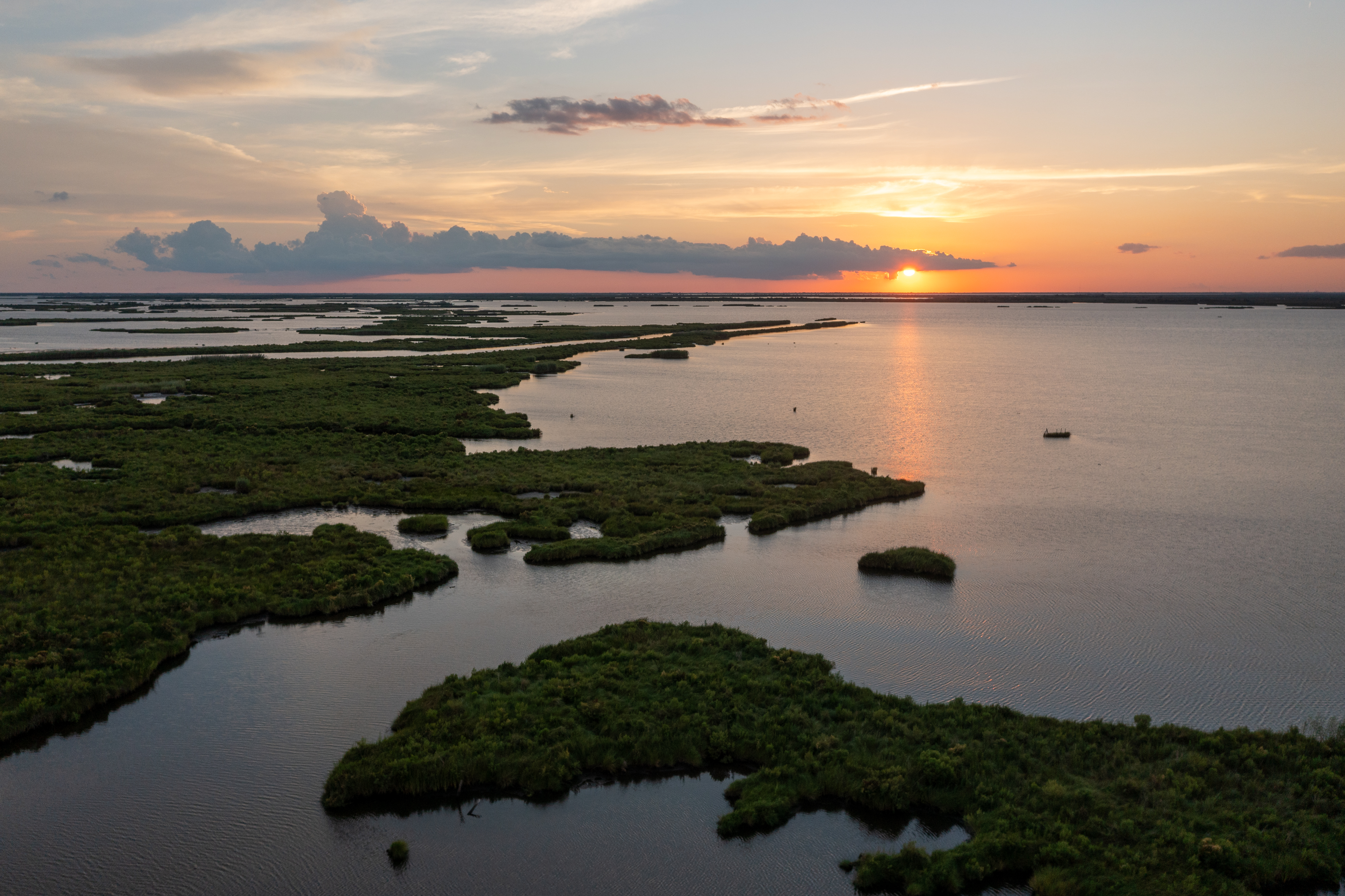
Partner perspective
The Mid-Barataria Sediment Diversion is a collaborative effort that will be a game-changer in our state’s ability to combat land loss. It will bring better protection to some of our most vulnerable communities and unlock the land building power of Louisiana’s greatest resource— the Mississippi River.
Simone Maloz
Campaign Director, Restore the Mississippi River Delta
MEDIA CONTACT
Jenny Tolep
248-410-2666 (office)
Samantha Tausendschoen
(715) 220-9930 (office)



